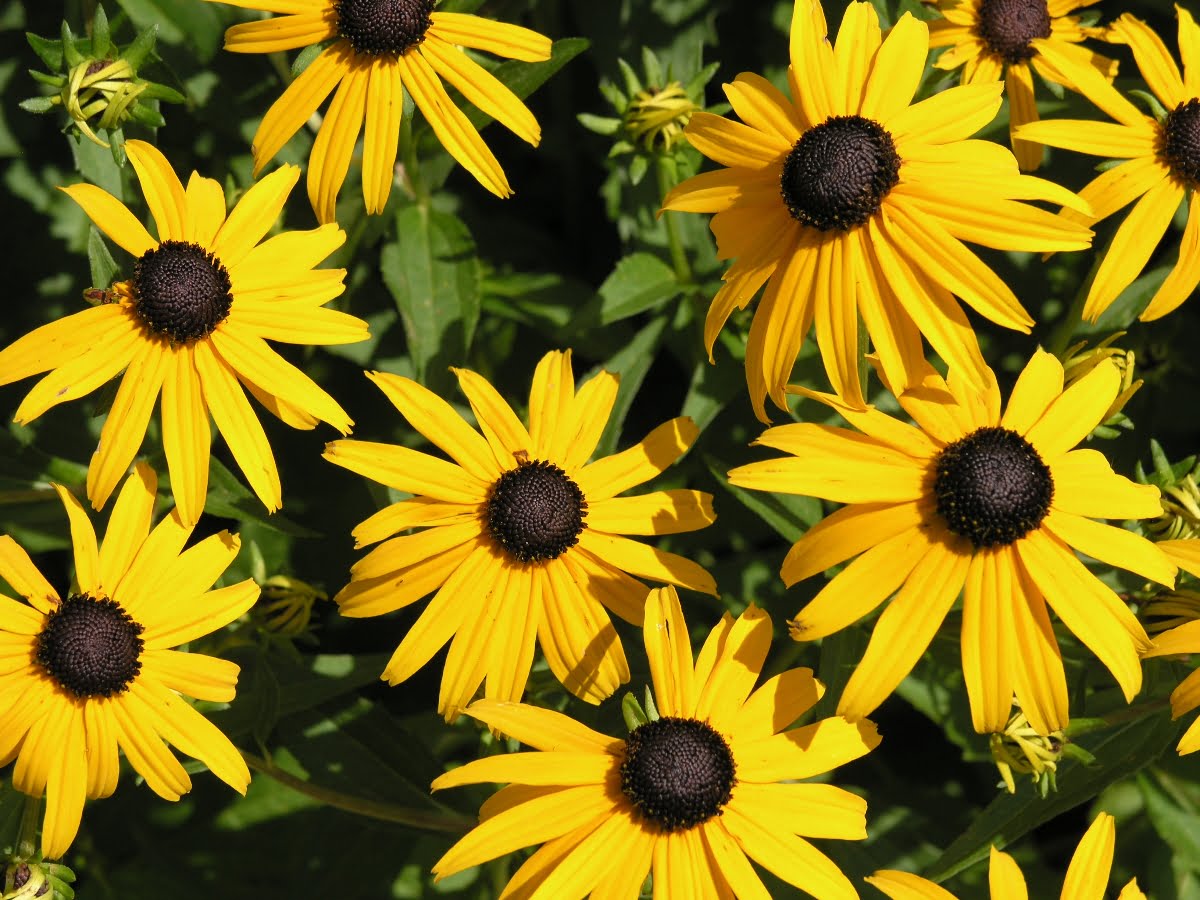When it comes to luring butterflies into your garden, the right selection of plants is essential. Among the perennials that stand out both for their visual allure and as a robust nectar source for butterflies is the Coneflower (Rudbeckia). Let’s explore the attributes of this dazzling plant and its role in butterfly gardening.
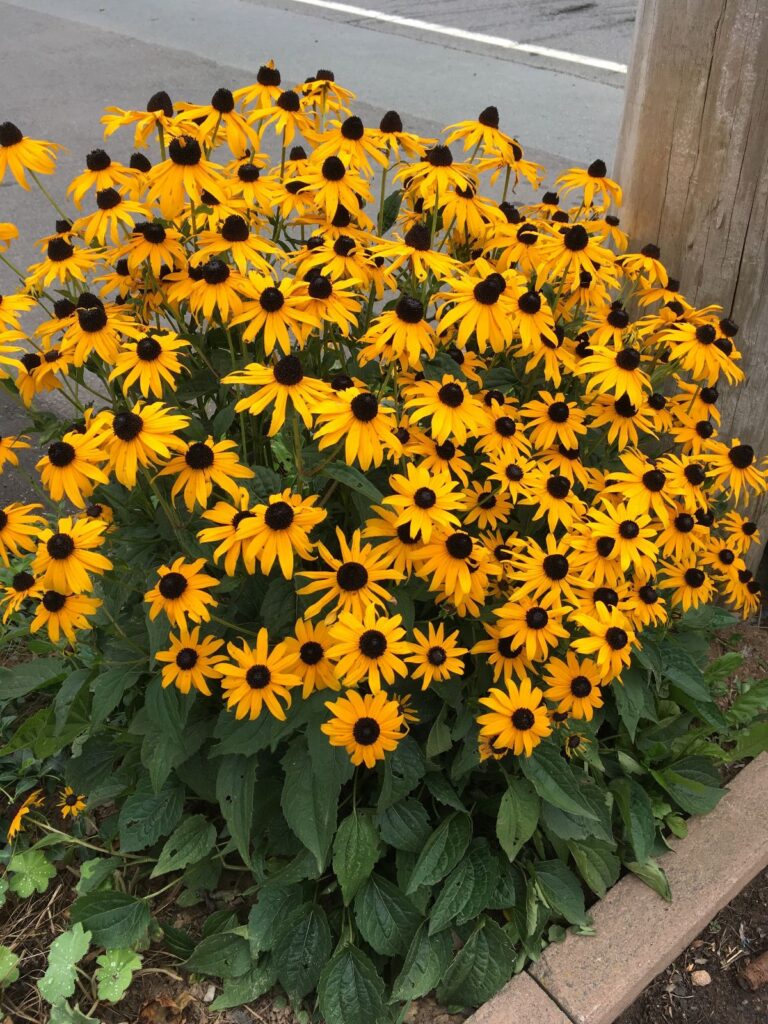
1. Introduction to Coneflower
Coneflower, often recognized by its radiant yellow, orange, or gold petals that circle a pronounced central cone, is a wildflower native to eastern North America. This hardy perennial not only offers a feast for the eyes but is also a bountiful nectar reservoir for a variety of pollinators, particularly butterflies.
Rudbeckia species, including the popular Black-Eyed Susan (Rudbeckia hirta), are predominantly native to the eastern and central parts of the U.S. However, due to their popularity as garden plants, they have been introduced and cultivated in areas beyond their native range.
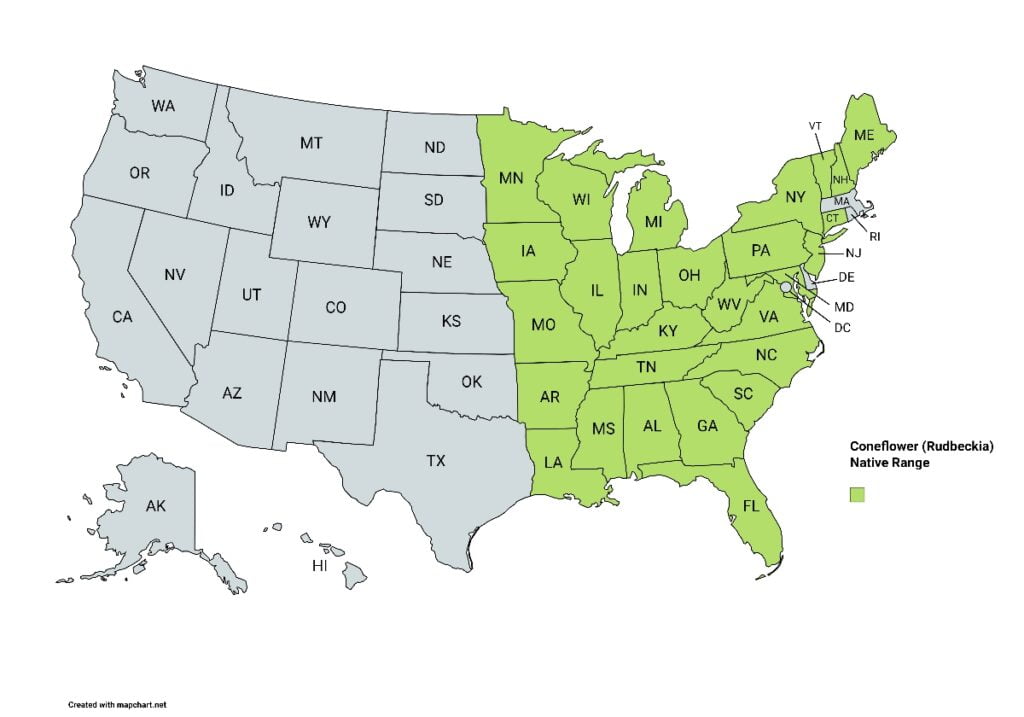
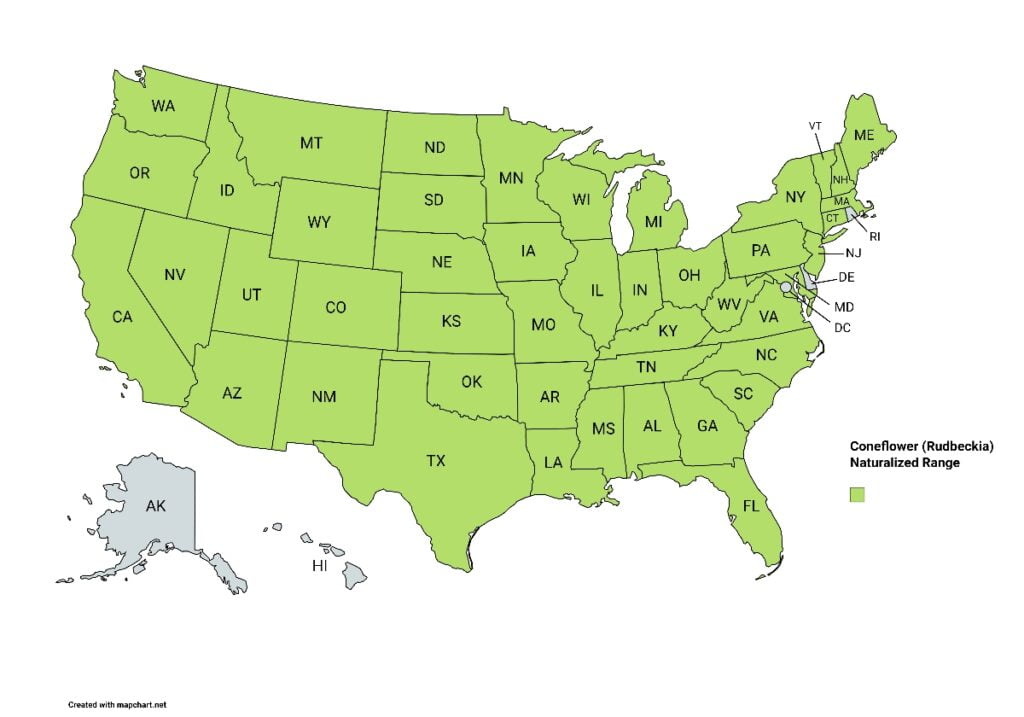
2. Benefits in a Butterfly Garden
- Rich Nectar Source: Butterflies such as the Painted Lady, Monarch, and Eastern Tiger Swallowtail are drawn to its rich nectar.
- Prolonged Blooming Cycle: Coneflowers provide a steady nectar source from early summer right up to the initial frost.
- Minimal Maintenance: Its resilience to drought and resistance to pests make it a gardener’s delight.
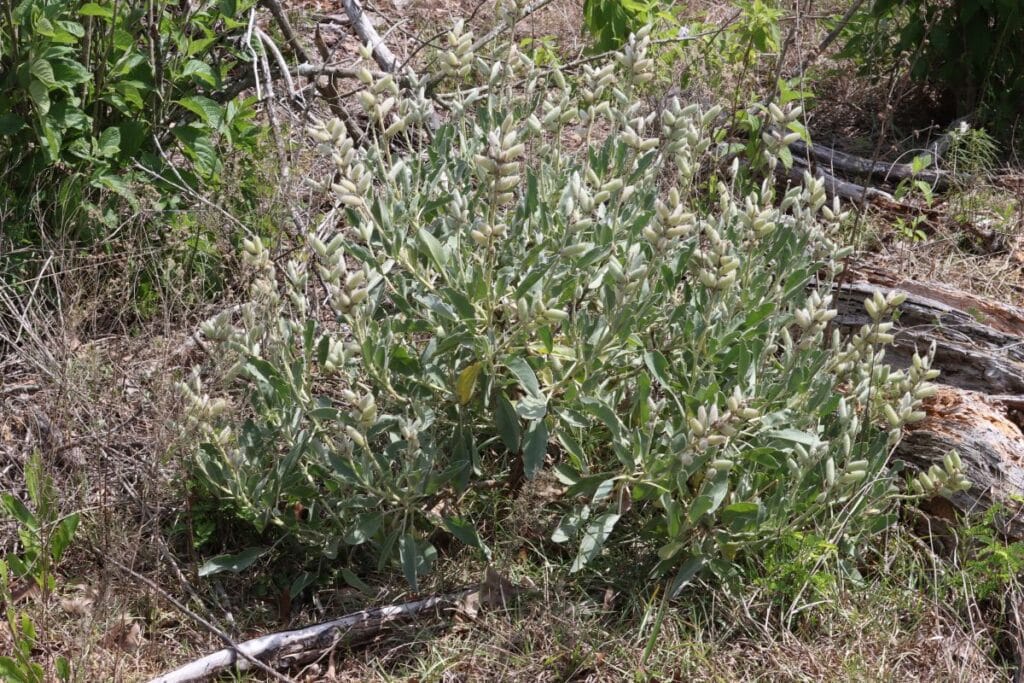
10 Florida-Native Sandhill Lupine Seeds (Lupinus cumulicola) for U.S. Southeast
Sandhill Lupine, also scientifically known as Lupinus cumulicola, gathered on the Lake Wales Ridge, an ancient sand ridge in central Florida, this fantastic plant has unique traits that not only bring a unique aesthetic appeal but also play an essential role as a butterfly larval host plant. It is native to the southeastern United States, specifically in states like Florida, Georgia, South Carolina, and Alabama.
3. Planting and Care
- Sunlight: These plants flourish in full sun but can also handle partial shade.
- Soil: A well-draining soil environment is crucial. A pH level between 6.0 and 7.0 is optimal.
- Watering: Initial regular watering is needed until the plant is established. Once matured, the plant exhibits drought tolerance.
- Pruning: Deadheading wilted flowers can stimulate more blooms. Leaving the heads, however, will generate thousands of seeds to keep the population going and feed the birds too.
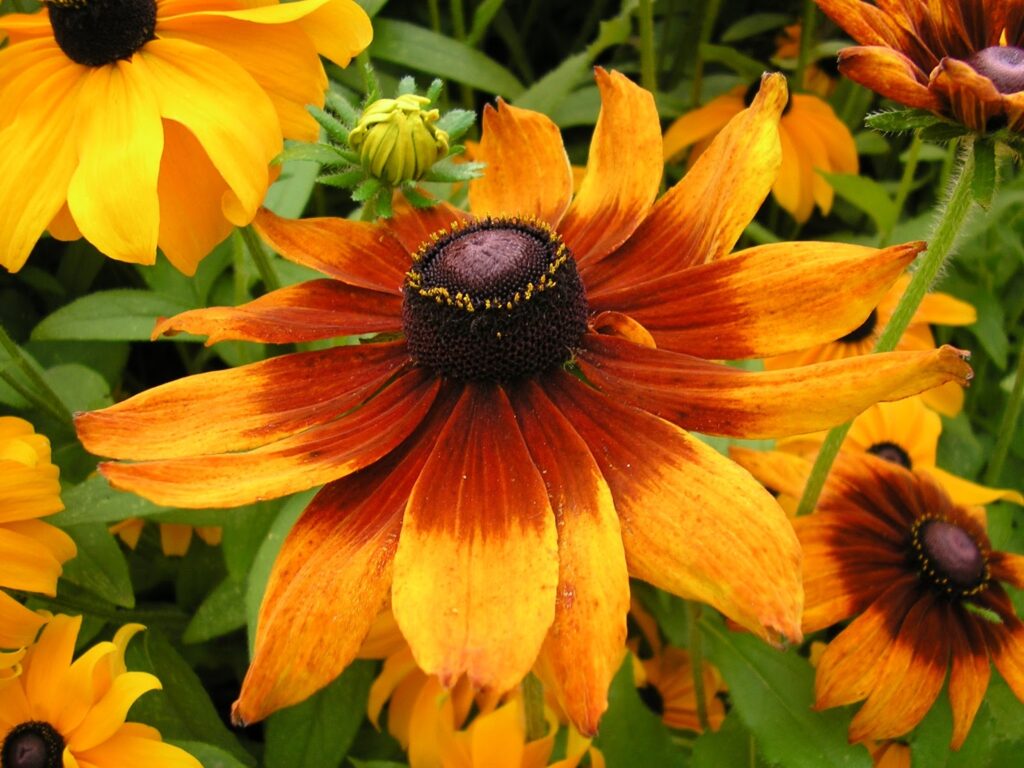
4. Companion Plants
Coneflower, while impressive on its own, complements other butterfly-attracting plants:
- Milkweed (Asclepias): Essential for attracting Monarch butterflies.
- Dill (Anethum graveolens): A gormet choice that butterflies adore.
- Lupine: A summer treat
- Goldenrod (Solidago): A late bloomer, extending the butterfly feeding season.
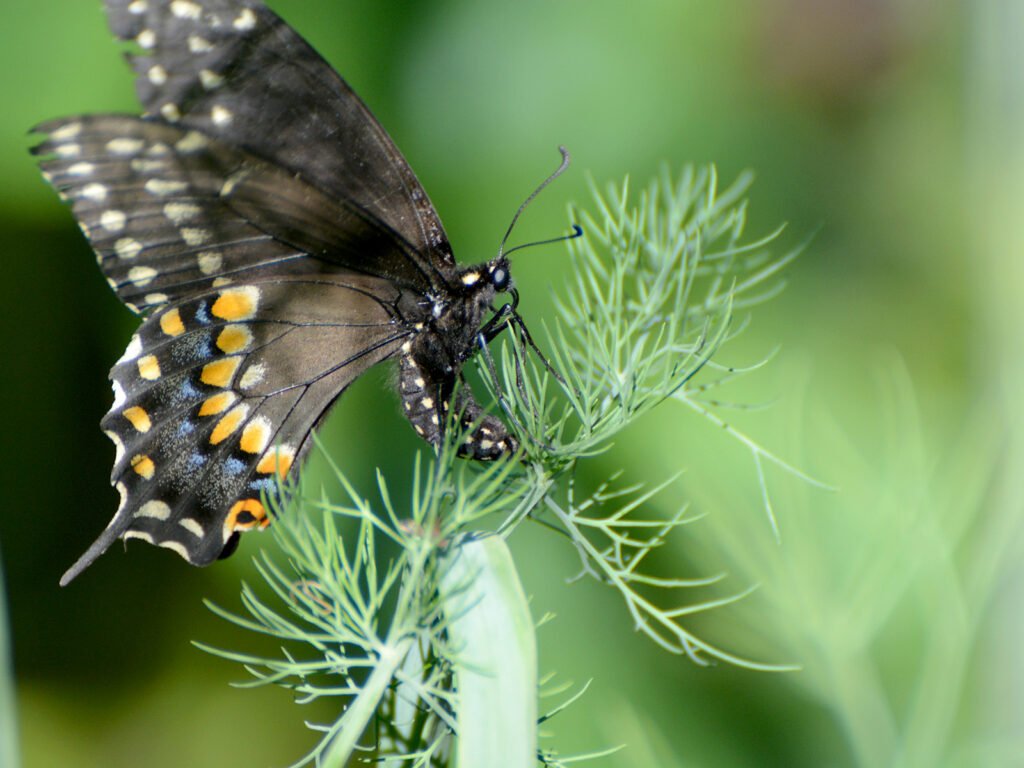
500 Bouquet Dill Seeds for North America – Black Swallowtail
With more than one full gram in every pack, you’ll receive an astonishing number of seeds (well over 500) – enough to transform your garden into a dill paradise. Attracts Black Swallowtails. For all North America.
5. Potential Pests and Challenges
Though generally resilient to many pests, be vigilant for:
- Japanese Beetles: These can be manually removed from the plants.
- Powdery Mildew: Ensure ample air flow around the plants and refrain from overhead watering.
6. Conservation Advantages
Beyond its significance in a butterfly garden, Coneflower plays an active role in the conservation of native plants. As natural habitats dwindle, planting indigenous species like the Coneflower aids in preserving local biodiversity.
Conclusion
For those aiming to enrich their butterfly garden, the Coneflower is an exemplary choice. Its captivating blooms not only infuse a burst of color but also serve as a generous nectar source for various butterfly species. By integrating this robust perennial into your garden, you’re not just embracing a visual treat but also contributing to the conservation of regional flora and the sustenance of butterfly population… one day at a time!

The Adventures of Johnny Butterflyseed – Author Signed First Edition Children’s Book
Save the monarchs!
Johnny Butterflyseed and his fairy friend, Raven Silverwing, embark on a mission to save the rapidly disappearing butterflies. They enlist the help of Queen Venus Goldwing and her kingdom of monarchs to educate and inspire kids to become butterfly farmers. At first, Johnny faces his own internal struggle with self-doubt and fear in his ability to make a difference, but then soon develops a mindset that allows him to not only get started, but also make progress one day at a time. Through challenge after challenge, Johnny learns that he is not alone in his mission and that there are many people who want to help. Together, Johnny, Raven, and Queen Venus educate thousands of children on becoming butterfly farmers.
